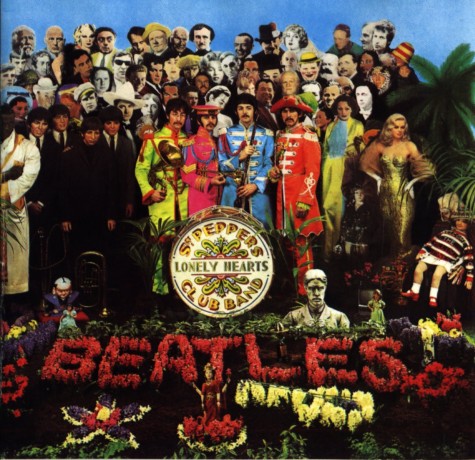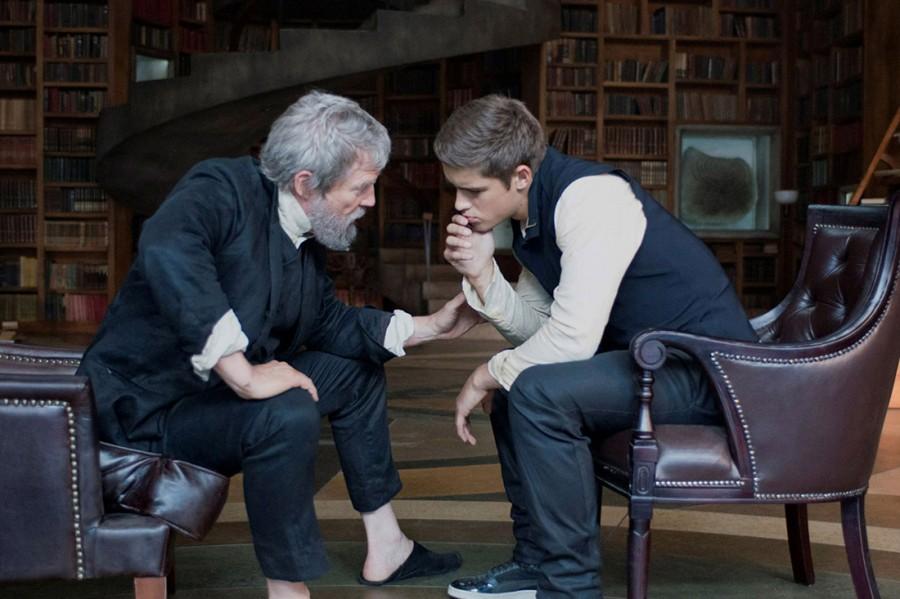The Buzz: The Giver
Although called “The Giver,” the film adaptation of Lois Lowry’s 1994 novel is a bit meager in its offerings.
The futuristic film is set in a society that deprives its citizens of emotions, excitement, color, and personal choice. When Jonas, the protagonist, turns 12 years old, he learns that he is chosen to serve as the community’s “Receiver of Memories,” giving him the privilege to receive memories of a distant, more liberal former Earth. As he enters into training with an old man called The Giver, he is alarmed by the sharp contrast between his home and the memories to which he travels. Jonas learns that because of pain, sadness, and war, the Elders, leaders of society, decided to cut all extemporary and natural aspects of the past. Driven by the idea of restoring the past, he finds a way to free the citizens from the Elders’ tight grip.
At first glance, “The Giver” came off as yet another variation of “The Hunger Games,” and having grown sick of the trendy dystopian genre, I did not expect much. However, I was pleasantly surprised by some of the more impressive attributes of the film.
The most remarkable aspect of the film was, without doubt, its cinematography by Ross Emery. A notable play on cinematography was exhibited in its choice of color display. The movie begins in black and white, but as Jonas gradually grasps more memories, he, as well as the audience, begins to see in color. Some parts of the movie were absolutely astounding, particularly when Jonas receives memories from The Giver. These parts often featured beautiful scenes from our own everyday lives, such as children laughing with the sun behind them in a halo-like glaze, people gathering at a mosque, colorful culture, snippets of dancing, singing, giggling and all things that make up the simple joys of everyday life. These scenes were eye-catching in contrast to the black and white portions of the movie.
I soon learned, however, that these sights were simply picturesque embellishments to the otherwise lackluster movie. The movie moved a bit too fast for my taste, and transitions between scenes were simply awkward. For example, one could see that Rosemary, the previous Receiver of Memories, was supposed to serve as a hauntingly mysterious backdrop of the dangers of Jonas’s position. Yet Taylor Swift’s performance as Rosemary was, at best, forgettable. Even the well-known actors in this film—Katie Holmes, Meryl Streep, Jeff Bridges—fell short of my expectations. The Elders, Streep and Bridges, spoke a bit too quickly and without emotion, which I believe was their second-rate attempt at seeming mechanical, as they were obviously expected to function. Because of this the entire performance came off as a bit stale.
In addition, the casting for Jonas’s character was ridiculous. When I learned that Jonas was supposed to be turning 12 (according to the book), I was appalled—and a bit ashamed for finding myself attracted to him. His nine year old sister looked at least a decade younger than he did. This caused quite a bit of confusion for me, because, though his performance was decent, his playing a young character as a 25-year-old actor made the entire ambiance of the movie seem more mature. I had trouble understanding why Jonas’s character, who looked at least 20 to me, was so trusting, curious, and at times, foolish.
While I enjoyed the captivating storyline, the adaptation itself was poorly produced. I’m sure the movie is a classic lost-in-translation case.
What did you think of “The Giver”? Let us know below!
Your donation will support the student journalists of Diamond Bar High School. Your contribution will allow us to purchase equipment and cover our annual website hosting costs.







